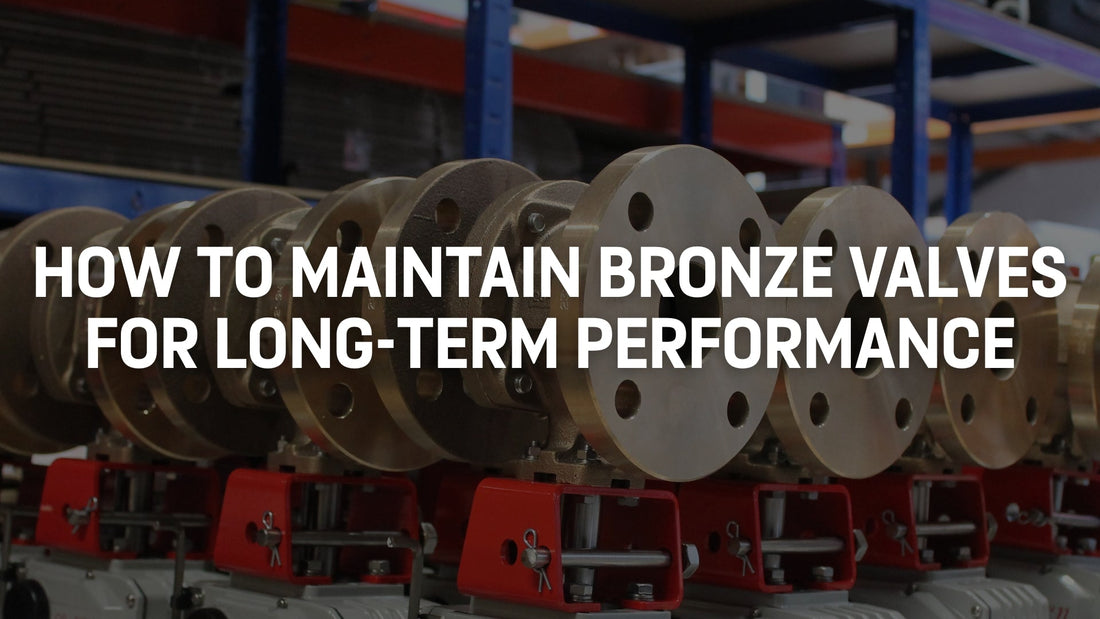
How to Maintain Bronze Valves for Long-Term Performance
How to Maintain Bronze Valves for Long-Term Performance
Key Points:
- Why bronze valves need maintenance
- Common wear factors to watch out for
- Step-by-step maintenance tips
- How to prolong valve lifespan
- When to repair vs replace
Why Maintenance Matters
Bronze valves are known for their strength and corrosion resistance, but like any mechanical component, regular maintenance is key to ensuring long-term performance. Whether your valves are used in marine, steam, or industrial systems, neglecting upkeep can lead to internal wear, reduced sealing, and system inefficiency.
Common Issues in Bronze Valves
Even with their durability, bronze valves can suffer from:
- Scale and mineral build-up from hard water or steam
- Seal wear due to repeated cycling
- Corrosion or dezincification if exposed to aggressive chemicals
- Mechanical fatigue from overuse or vibration
Understanding what can go wrong helps you stay ahead with preventive care.
Maintenance Tips for Bronze Valves
Follow these tips to extend the life and performance of your bronze valves:
1. Regular Inspection
Visually inspect for leaks, discoloration, or external corrosion every few months — especially in high-moisture or marine environments.
2. Operate the Valve Periodically
If a valve isn’t in regular use, cycle it open and closed to prevent seizing or buildup on the internal components.
3. Clean Internally When Needed
If flow becomes restricted, clean the internal chamber using a non-abrasive brush and flush with clean water or an approved solvent.
4. Check and Replace Seals
O-rings and gaskets wear out over time. Replace them during annual servicing to ensure continued sealing performance.
5. Lubricate Moving Parts (If Applicable)
Some valve designs benefit from light lubrication. Use a compatible lubricant suitable for bronze and the media flowing through the valve.
6. Protect Against Freezing
In cold environments, drain valves or insulate to prevent ice-related cracking or distortion.
Repair or Replace?
If a valve shows signs of consistent leaking, has a damaged seat, or no longer operates smoothly despite maintenance, it may be time to replace rather than repair. In critical systems, valve failure can cause costly downtime, so proactive replacement is often the smarter choice.
Final Thoughts
Bronze valves are built to last — but only when maintained with care. Regular inspections, proper cleaning, and timely part replacements will ensure your valves continue performing at their best for years to come.
Need spare parts or replacements?
📞 Get in touch with our team — we stock a full range of bronze valves and components for same-day dispatch.
